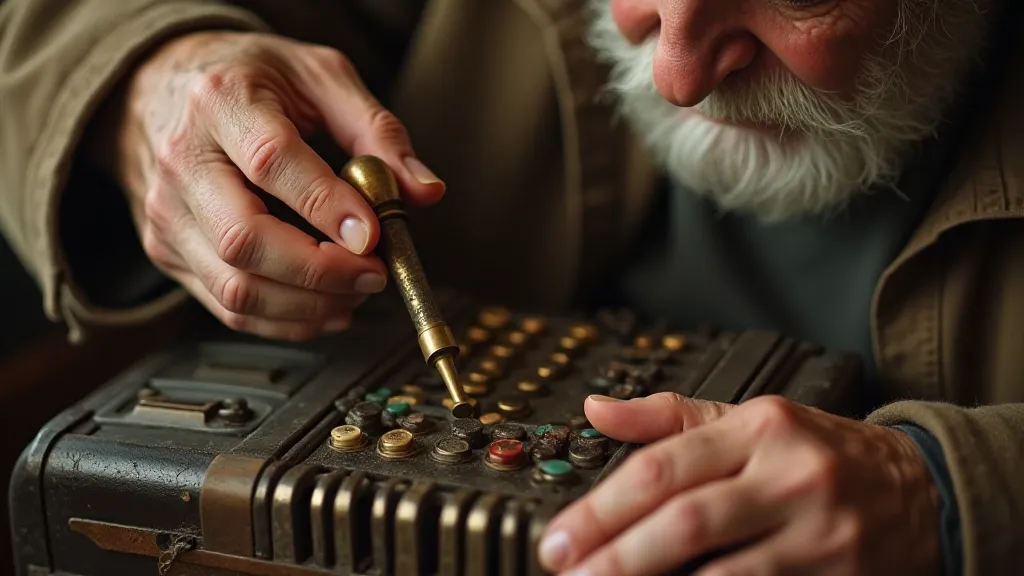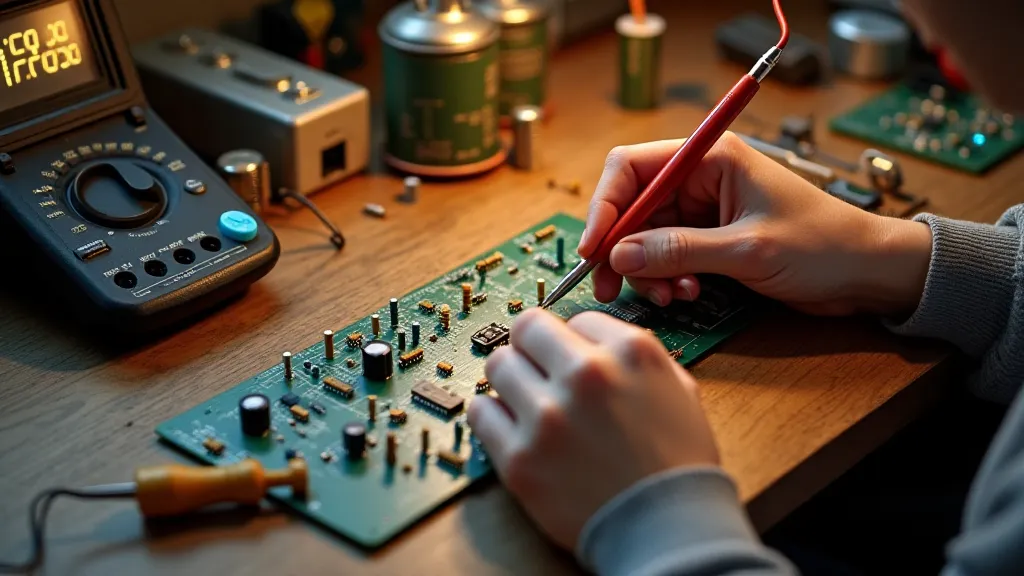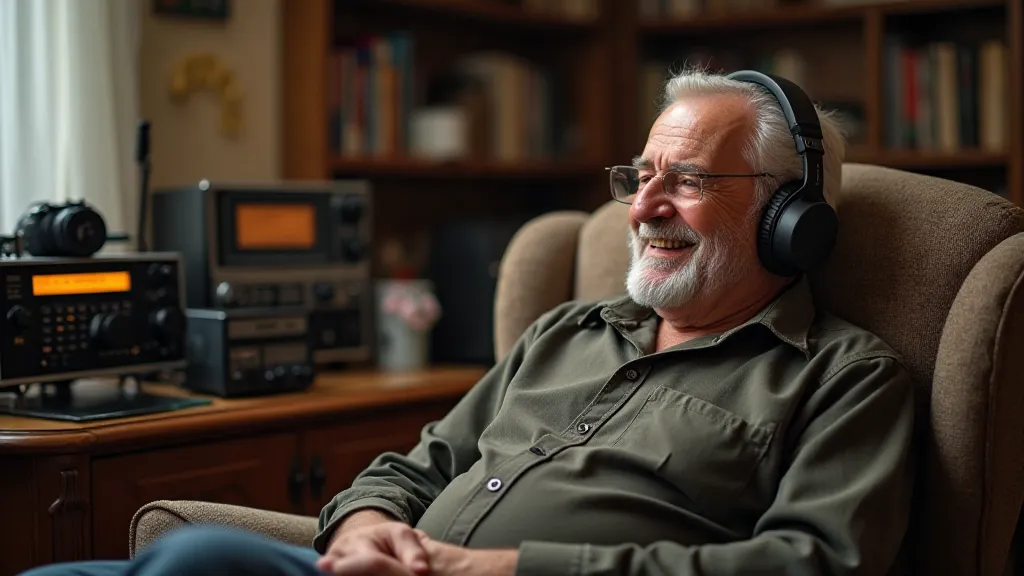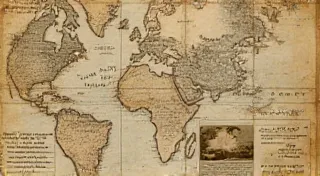The Clockwork Heart of a Transceiver: Embracing Imperfection in Analog Fabrication
There’s a certain romance to the analog, a tangible quality lost in the digital wash. It’s the feeling of cool metal against your fingertips as you tune an old radio, the satisfying click of a lever, the faint scent of aging components. It’s a romance I rediscovered not in a meticulously rebuilt vintage amplifier, but in the burgeoning project of building my own ham radio transceiver. It's an exercise in patience, problem-solving, and a deep respect for the craftsmanship that birthed technology we often take for granted. The process isn's about achieving flawless performance – though that would be a bonus – it’s about connecting with that feeling of creation, imperfection and understanding the heartbeat of a machine.
My fascination with this sort of work isn't new. As a child, I was captivated by my grandfather’s antique accordion. Not the modern, electric versions, but a hefty, bellows-driven instrument crafted from wood, leather, and countless tiny reeds. The sheer number of moving parts, the intricate mechanics that translated breath into music, were mesmerizing. He taught me how to carefully oil the reeds, how to identify the different types of leather, and even attempted to show me the frustrating art of reed replacement. It was a delicate dance, a testament to the dedication of the craftsman who built it decades before. That accordion wasn't just an instrument; it was a story of human ingenuity, perseverance, and a commitment to creating something beautiful and functional.

The Allure of the Analog: Beyond the Silicon
Modern technology, while undeniably impressive, can feel opaque. We interact with layers of abstraction, blissfully unaware of the underlying complexity. Building a transceiver, even a simple one, pulls back that curtain. You're not just configuring software; you're creating circuits from scratch. You’re selecting transistors, resistors, capacitors – each a tiny, carefully engineered component with a specific purpose. You're understanding how voltage, current, and frequency interact to produce a signal that can travel through the air and be heard miles away. It's a profoundly satisfying experience. Consider, too, the crucial role of proper antenna configuration; exploring different the language of loops can greatly impact the efficiency and range of your transceiver.
The soldering itself is a meditative process. The molten solder flows like a miniature river, bonding metal to metal. It demands a steady hand, a keen eye, and a certain acceptance of minor imperfections. A tiny bit of solder bridging two pads? A slightly uneven joint? These aren’t failures; they’re marks of the hand, evidence of the human touch in a world increasingly dominated by automated processes. They remind me of the slight asymmetry in the bellows of my grandfather’s accordion, the subtle variations that speak to the individuality of its creation. The process of troubleshooting can be just as rewarding as the build itself; sometimes, the most significant improvements come not from elaborate designs, but from a careful analysis of the signal path and the intangible rewards of building your own transceiver.
Decoding the Schematic: A Map to Understanding
The schematic – a labyrinth of symbols and lines – initially appears daunting. But with careful study, it reveals itself to be a roadmap to understanding. Each component has a designated place, a specific function. Tracing the signal path, visualizing the flow of electrons, is like unraveling a complex puzzle. It's not enough to simply follow the instructions; you need to grasp the underlying principles. Why is this resistor used here? Why this capacitor? How does this transistor amplify the signal? The deeper you delve, the more rewarding the process becomes.
There's a beauty in this methodical approach, a stark contrast to the rapid-fire development cycles of modern software. This is about deliberate construction, about understanding the fundamentals, about creating something tangible and durable. The ability to connect with other enthusiasts is also a vital part of the hobby, offering support, shared experiences, and a community that appreciates the dedication and skill involved. Discovering the constellation of connections within the ham radio community can be a profoundly enriching experience.
Troubleshooting: Embracing the Inevitable Errors
No build is perfect. Components fail, connections are missed, calculations are incorrect. Troubleshooting becomes an integral part of the process. The frustration of a non-functional transceiver is real, but it’s also an opportunity for learning. It forces you to think critically, to systematically eliminate possibilities, to develop your problem-solving skills. It's a reminder that failure isn’t the opposite of success; it’s a stepping stone to it.
The first time a circuit didn't work, I felt defeated. I meticulously rechecked every connection, every component value, but the problem persisted. Hours later, after pouring over the schematic and consulting online forums, I discovered a simple, yet crucial, mistake: a reversed diode. It was a tiny error, easily overlooked, but it had rendered the entire circuit useless. The relief of finding the problem, the satisfaction of correcting it, was disproportionately large. Sometimes, propagation conditions can also appear as mysterious circuit issues, requiring an understanding of signal behavior and beyond distance to truly diagnose.

The Imperfect Beauty of Handmade Craftsmanship
The finished transceiver isn’t a pristine, factory-perfect machine. There will be slightly uneven solder joints, a few stray wires, a slight rattle in the enclosure. But these imperfections aren’t flaws; they’re marks of authenticity. They’re evidence of the human hand, the individual who built it. They’re a reminder that it’s not about achieving absolute perfection; it’s about embracing the journey, celebrating the process, and appreciating the unique beauty of handmade craftsmanship.
My grandfather’s accordion wasn't perfect either. The bellows leaked slightly, a few of the keys stuck occasionally, and the finish was worn from years of use. But these imperfections didn't detract from its beauty; they enhanced it. They were a testament to its history, a reminder of the countless hours of music it had produced. And so it is with my transceiver. The slight imperfections, the marks of my own clumsy hands, are part of its story. The real world demands more than just technical skill; a deeper understanding of the interconnectedness of the entire system is also crucial, encompassing the global network of radio operators and the shared passion for communication.
More Than Just a Radio: A Connection to the Past
Building a transceiver isn't just about creating a radio; it’s about connecting with a lineage of inventors, tinkerers, and craftsmen who came before us. It’s about understanding the fundamental principles of radio communication, appreciating the ingenuity of early pioneers, and preserving a skill that is increasingly rare in a digital age. It’s a way to slow down, to disconnect from the constant stream of information, and to reconnect with the tangible world.
The crackle of the signal through the speaker, the faint voice coming in from across the airwaves – it's more than just a conversation; it's a connection to a global community, a shared passion for radio communication, a testament to the enduring power of human ingenuity. And it’s a beautiful reminder that even in a world dominated by silicon and algorithms, there’s still a place for the clockwork heart of analog fabrication – a place where imperfection is embraced, craftsmanship is celebrated, and the beauty of handmade creation shines through. The dedication required for this hobby fosters a unique blend of technical skill, patience, and a deep appreciation for the history and future of radio communication, offering a counterbalance to the often-impersonal nature of digital technology.






